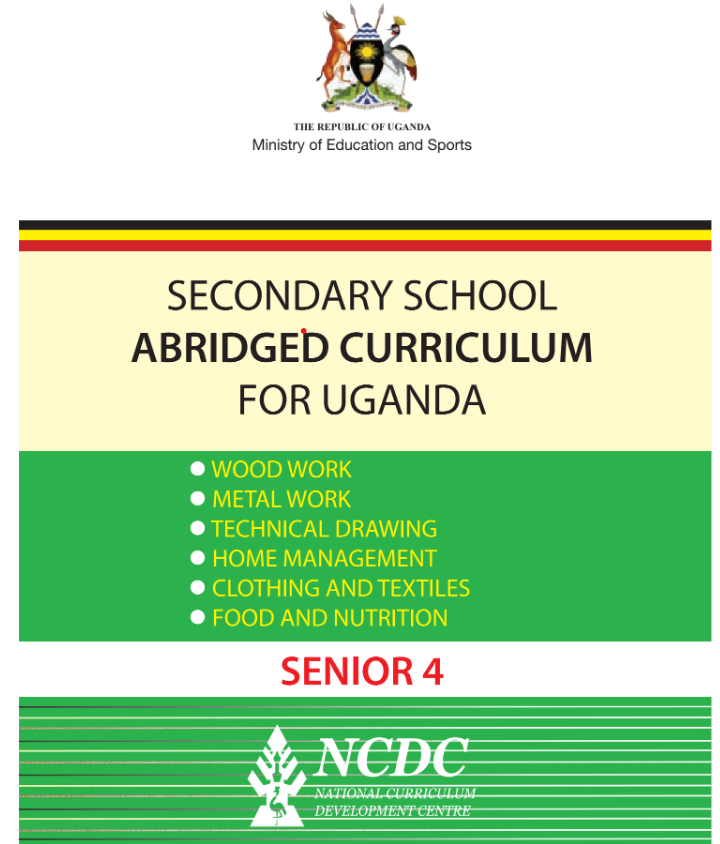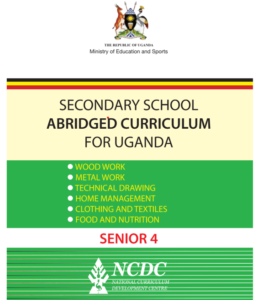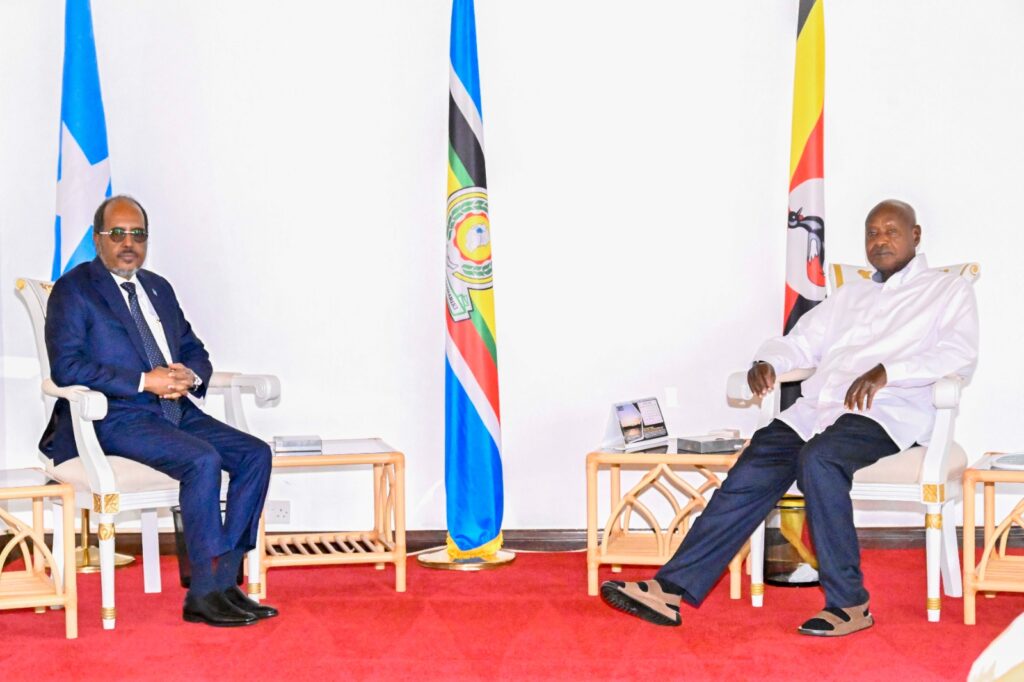Uganda’s New Curriculum For Lower Secondary

The National Curriculum Development Centre has made adjustments in the teaching subjects for the lower secondary. The changes were based on the Education Sector Strategic Plan (ESSP), 2009 – 2018) which set out strategies to improve the quality and relevance of secondary education and enhance learning outcomes.

In order to better fulfill the needs of learners, particularly regarding skill development and enhancement, the government launched a new lower secondary education curriculum in February 2020. In her statement to Parliament, the Minister for Education, Hon. Janet Museveni, stated that a review of the curriculum was long overdue because it had not been done since the introduction of the colonial educational system. The Minister revealed that the outdated curriculum was turning out graduates devoid of practical skills to fill job openings.

The National Curriculum Development Center has modified the teaching subjects for lower secondary students. For instance, the number of teaching subjects has been reduced from 43 to 21. The new, approved curriculum calls for 12 subjects to be taught in Senior One and Two, with 11 of them being required and one being from an elective menu (optional). At levels three and four, students must complete a minimum of eight and a maximum of nine subjects, with seven of those being compulsory.
As a result, some subjects have changed. For example, music has incorporated dance and drama to become performing arts; fine art has been redesigned to include elements of design; technical drawing has been integrated with elements of woodworking, metalworking, and technology; history has been integrated with political education; accounts and commerce have changed.

Teachers will compile student achievements from the Formative Assessment over the course of a four-year cycle under the new curriculum, calculate an average score, and submit it to the Uganda National Examinations Board to account for at least 20% of the final national examinations grading. The Chinese language has been added to the list of foreign languages, and all students in Senior One and Two will be required to take Kiswahili, Physical Education, and Entrepreneurship.
The purpose of altering the curriculum
The new curriculum intends to give students abilities for the twenty-first century, such as critical thinking, creativity, collaboration or teamwork, communication, information literacy, ICT, and adaptability. The nation undoubtedly welcomed this news and has since positively impacted the education sector.
Will the new curriculum cure the deficiencies in the old curriculum?
The State of Youth Report 2019 by Centre for Policy Analysis indicated that the majority of the youth demanded more practical subjects and over 50% of them revealed that the education they had received had not prepared them for the available opportunities in the labor market. The old curriculum could not equip the learners with thorough skills and knowledge to become innovative in order to create jobs but rather teaches them more of theoretical work than practical skills and that explains the high levels of unemployment in Uganda.
In conclusion the new curriculum has helped students be more of employment creators than employment seekers hence reducing the rate of unemployment in Uganda.







